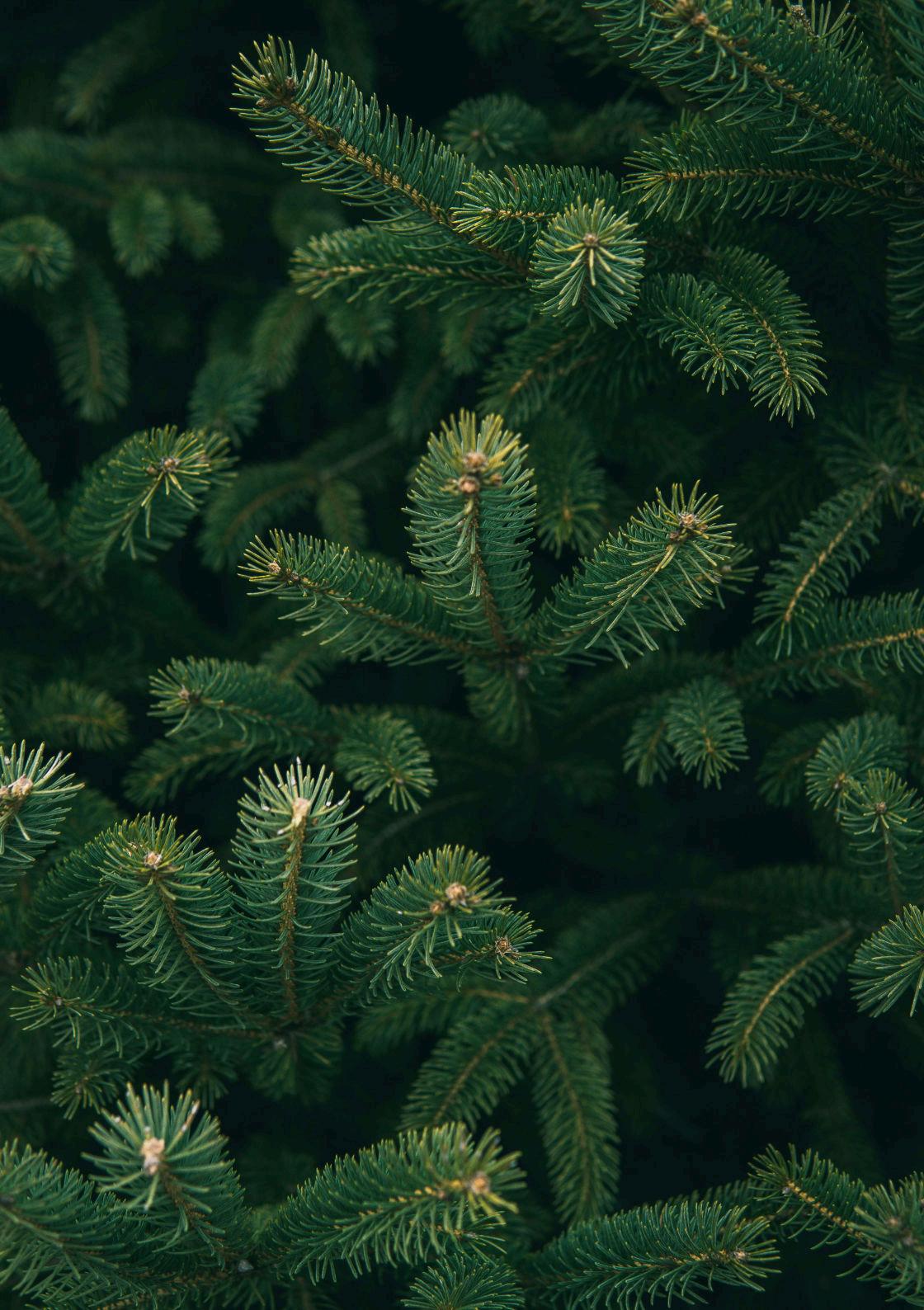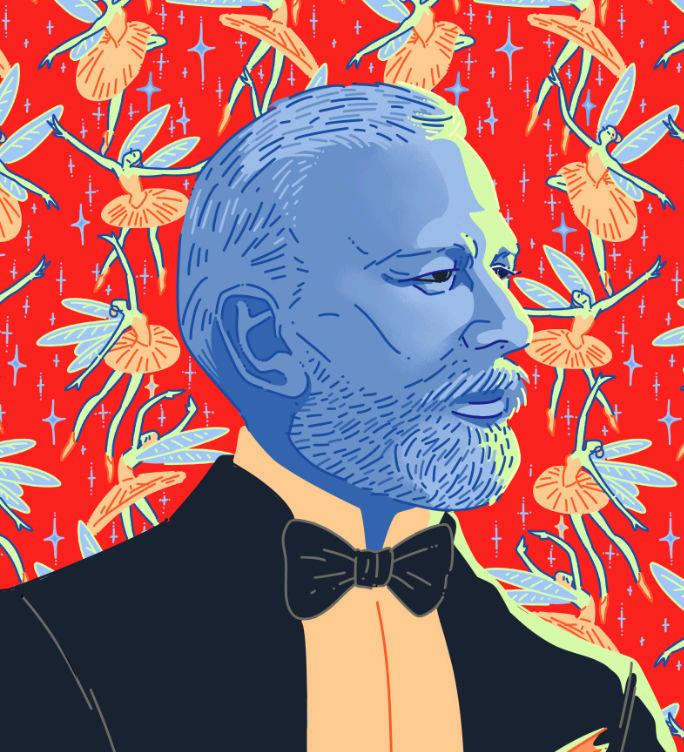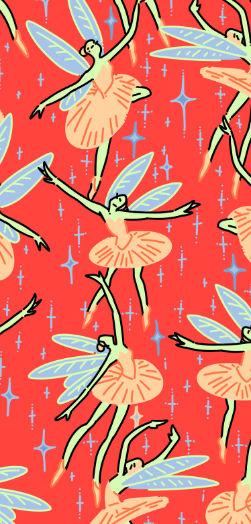






conductor Dmitry Matvienko
children’s choir Academy ofVocal Arts
Pyotr Ilyich Tchaikovsky (1840–1893)
Highlights from The Nutcracker, op. 71 (1892)
• Overture
• Scène: Decoration of the christmas tree
• March
• Children’s galop
• Dancing scene: Drosselmeyer’s arrival
• Scene: Departure of the guests – Night
• Scene: The battle
• A fir forest in winter


• Waltz of the snowflakes
• Scene: Arrival of Clara and the Nutcracker
• Divertissement
• Chocolate: Spanish dance
• Coffee: Arabian dance
• Tea: Chinese dance
• Trepak: Russian dance
• Waltz of the flowers
• Pas de deux
• Intrada
• Variation 1: Tarantella


• Variation 2: Dance of the Sugar-Plum Fairy
• Coda
• Final waltz and apotheosis
After the concert there will be a little musical finale in de hall downstairs




Illustrations: Sterric
Cover photo: Michael Fenton (Unsplash)



April 1891
Pyotr Ilyich Tchaikovsky is in Paris

Pyotr Ilyich Tchaikovsky and His


Spring is in the air. Paris is beautiful. The public adores him. But Tchaikovsky’s head is not in it.
The Théâtre du Châtelet has invited him for a concert with his own music
There’s a job to be done that is weighing him down.
He has committed himself to composing a new ballet score, based on a christmas tale:
Hm... Where is it?
The Nutcracker
The original story is by E.T.A. Hoffmann, one of his favourite writers.


But adapted into a ballet scenario it has lost all of its sparkle.
How can he conjure up this ballet’s music, and .. ... its magic?
What a joy you managed to come over.


It is an honour for me to present to you my brand new instrument... ... the celesta!

‘This is it!’
‘It’s like the heavens open up.’
It was called after the Latin word for ‘heavenly’.
Brimming with ideas Tchaikovsky heads home.
‘This is what the Dance of the Sugar-Plum Fairy must sound like!’
In his head he can hear the music...
... now all he has to do is to get a celesta delivered to Russia.












From a letter by Pyotr Ilyich Tchaikovsky to his friend and agent Pyotr Jurgenson


Born in Minsk, Belarus, Dmitry Matvienko received his first music lessons at the age of six. He studied at the conservatories of St. Petersburg and Moscow, gained experience as an assistent conductor with various Russian orchestras and won the 2021 edition of the prestigious Malko Competition for Young Conductors, receiving both First and Audience Prizes. Thereupon he was invited by the Danish National Symphony Orchestra, Atlanta Symphony, Dallas Symphony, Tokyo Symphony, the Orchestra del Teatro La Fenice in Venice, the Iceland Symphony Orchestra, the Orquestra Gulbenkian, Tonkünstler Wien and many other orchestras. Since this summer he is Chief Conductor of the Aarhus Symphony Orchestra. This concert marks Dmitry Matvienko’s debut with the Rotterdam Philharmonic Orchestra.


The Rotterdam Philharmonic distinguishes itself with its intensely energetic performances, its acclaimed recordings and its innovative audience approach. Founded in 1918, it has claimed its own position among Europe’s foremost orchestras. Home of the Rotterdam Philharmonic is De Doelen Concert Hall, but the orchestra can frequently be heard in other locations – from the local venues to the most prestigious halls at home and abroad. For over a decade the Rotterdam Philharmonic has been a resident orchestra of the Paris Théâtre des Champs-Elysées. Since its groundbreaking Mahler recordings with Eduard Flipse in the 1950s, the orchestra has made a large number of critically lauded recordings. In 2020 it became world news with a stay-at-home rendition of Beethoven's Ode to Joy, which quickly gained over 3 million views.